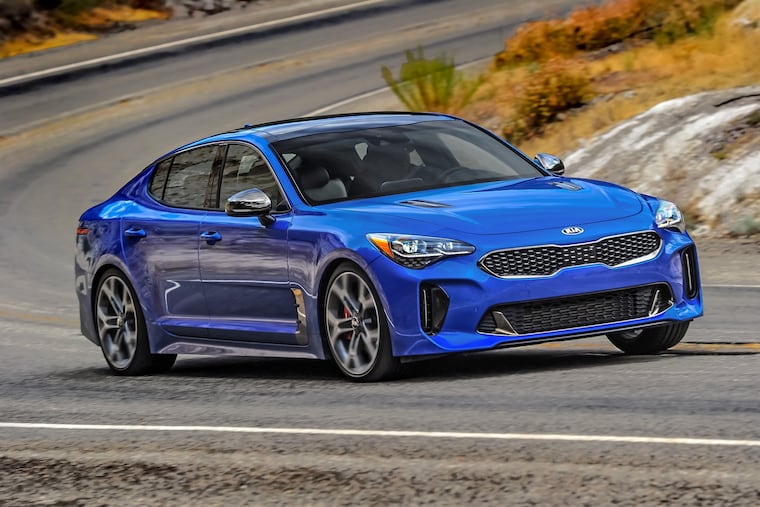VW Arteon vs. Kia Stinger: Really cool cars that aren’t in the clique
2020 Volkswagen Arteon 4Motion 2.0T Premium R-Line vs. 2020 Kia Stinger GT2 AWD: Battle of the vehicles you’d really love but probably won’t ever consider, and that makes me sad. Price: The Arteon costs $46,710 as tested (no options on test vehicle) while the Stinger was $54,015 as tested.
